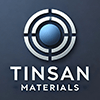Showing 421–432 of 674 results
-
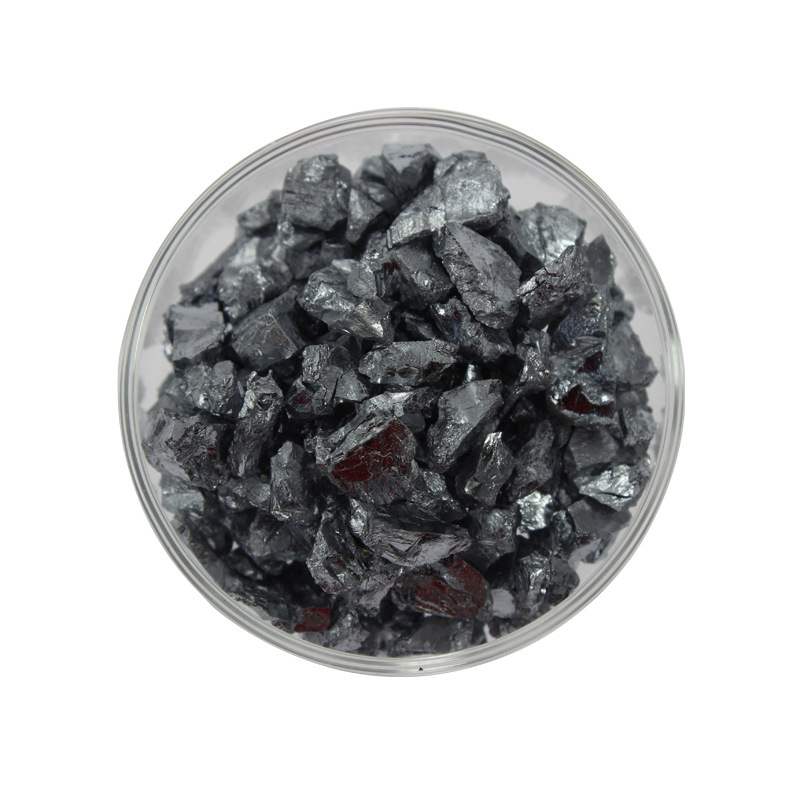
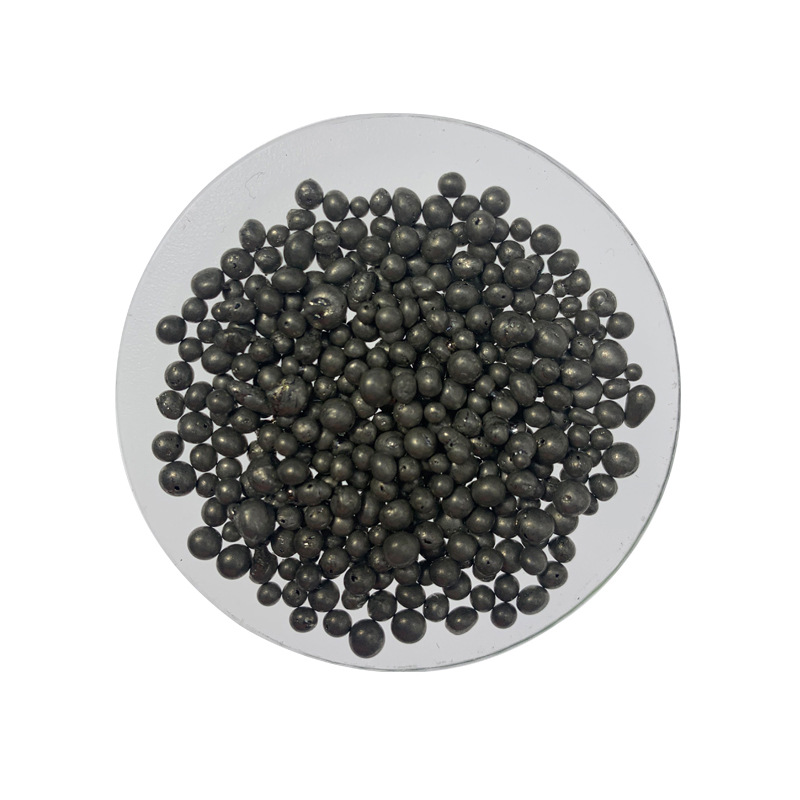
- High Purity: Typically ≥ 99.9% pure, ensuring high-quality films and minimizing impurities.
- Consistent Quality: Manufactured under controlled conditions to ensure uniformity in size and composition.
- Excellent Thermal Conductivity: Provides efficient heat transfer during the evaporation process.
- Customizable Sizes: Available in various pellet sizes to meet specific evaporation requirements.
-
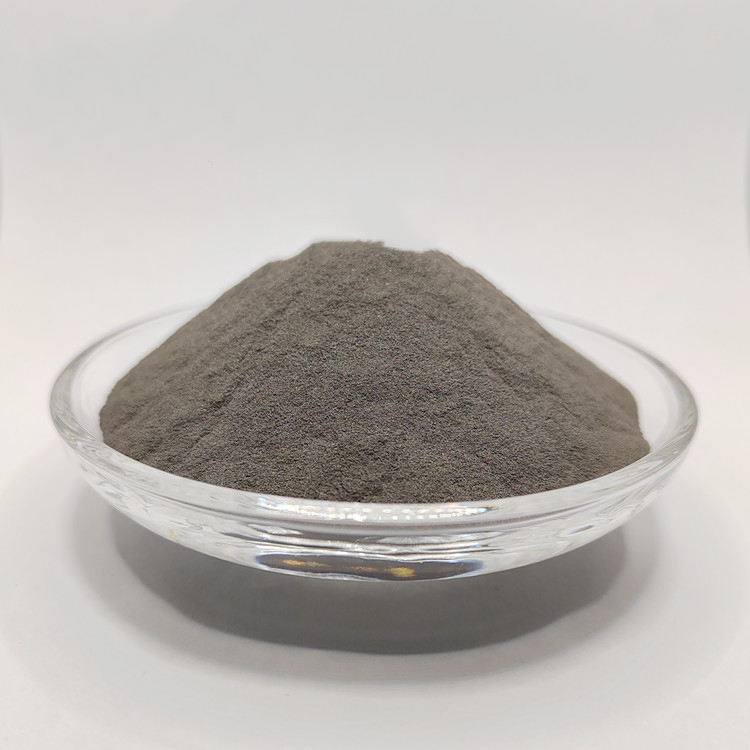
- High Density: Provides superior radiation shielding and soundproofing capabilities.
- Corrosion Resistance: Stable under various environmental conditions.
- Excellent Malleability: Easily shaped for diverse industrial uses.
- Thermal and Electrical Conductivity: Suitable for conductive applications.
- Versatile Applications: Applicable in alloys, batteries, and protective coatings.
-
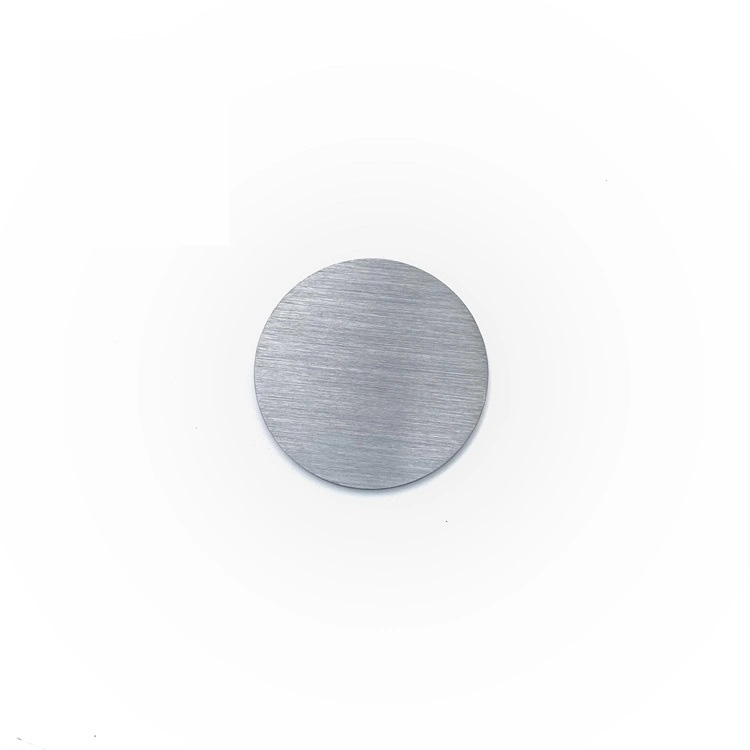
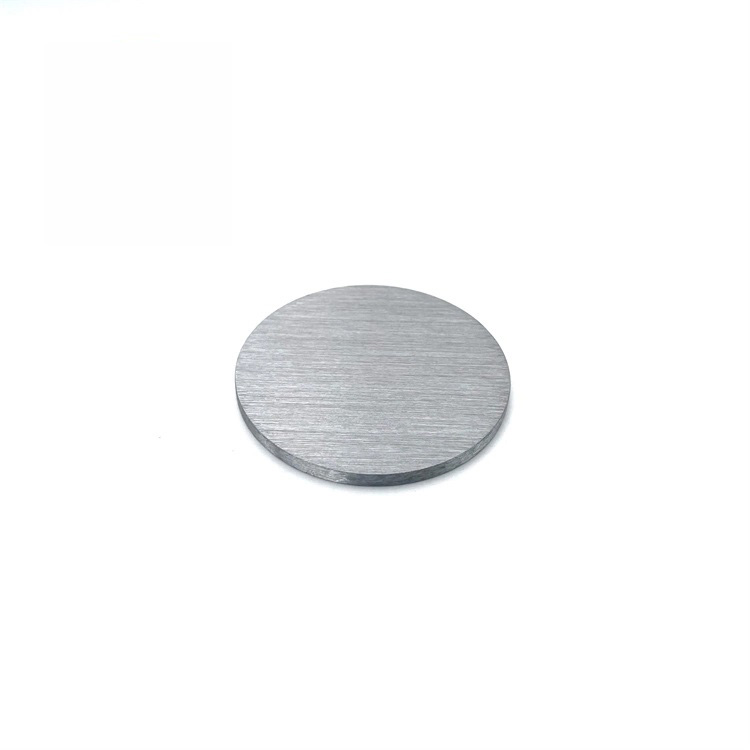
- Thickness: The thickness of the lead coating can be precisely controlled during the sputtering process, allowing for tailored solutions to meet specific application needs.
- Alloys: Lead sputtering targets can be produced as pure lead or in alloyed forms, such as lead-tin (Pb-Sn) or lead-silver (Pb-Ag), depending on the desired properties of the thin film.
- Backing Plates: Lead targets can be bonded to backing plates made from materials like copper or aluminum to improve thermal conductivity and mechanical stability during the sputtering process.
-
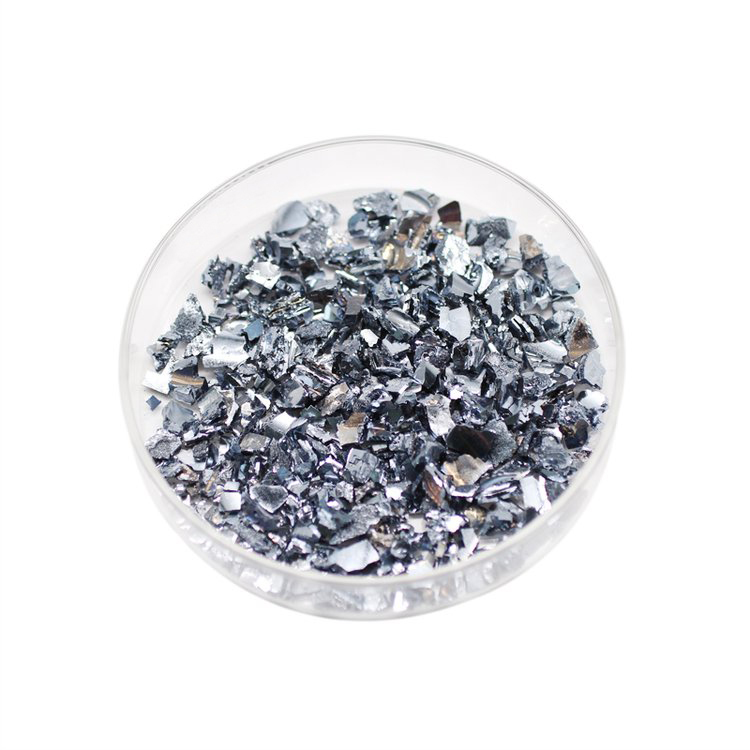
- Narrow Bandgap: PbS has a small bandgap (~0.37 eV), allowing it to detect and respond to IR radiation, making it ideal for infrared applications.
- High Infrared Sensitivity: PbS thin films exhibit excellent sensitivity to infrared light, especially in the mid-IR range, enhancing performance in IR detectors and sensors.
- Efficient Light Absorption: PbS absorbs light efficiently, making it a great material for photovoltaic devices and optoelectronic components.
- Good Thermal Stability: PbS films maintain their properties under moderate temperature conditions, suitable for use in thermal and IR-sensitive devices.
- Adaptability to Thin Films: PbS can be easily deposited as a thin film via evaporation, making it suitable for creating highly sensitive IR detectors and optical coatings.
-

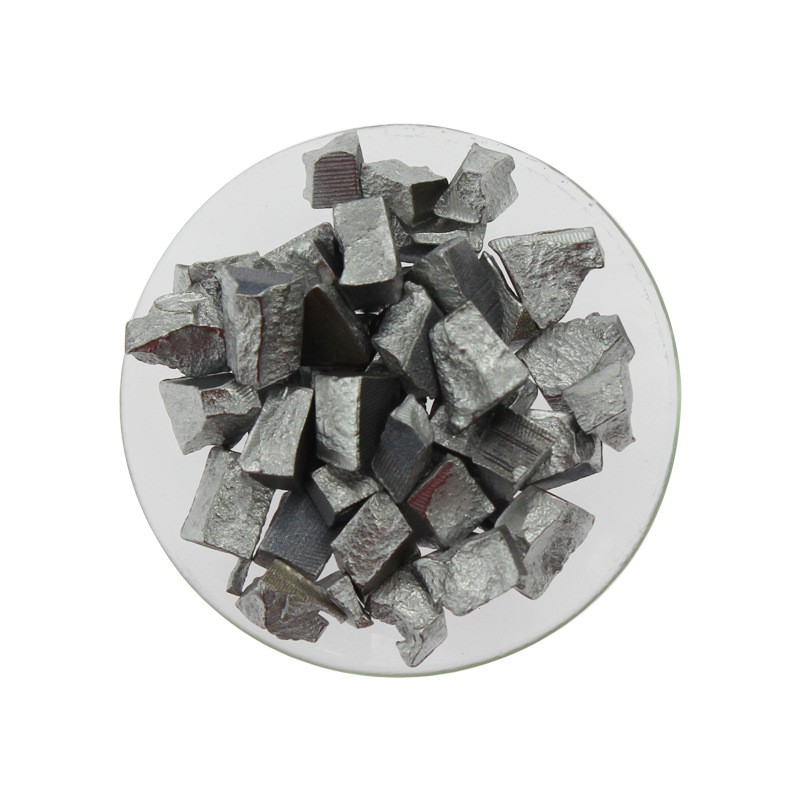
- Narrow Bandgap Semiconductor: PbTe has a bandgap of approximately 0.32 eV, which enables high sensitivity to infrared radiation in the 3-5 µm range.
- High Thermoelectric Efficiency: PbTe has excellent thermoelectric properties, making it suitable for energy conversion in both power generation and refrigeration applications.
- Good Thermal and Electrical Conductivity: PbTe exhibits strong thermal and electrical conductivity, essential for efficient thermoelectric devices and IR detection systems.
- Infrared Absorption: PbTe is highly effective at absorbing infrared light, particularly in the mid-IR region, making it ideal for infrared detectors and optoelectronic devices.
- Thin Film Deposition: PbTe can be deposited as a uniform thin film through evaporation techniques, ensuring high performance in electronic and optoelectronic applications.
-
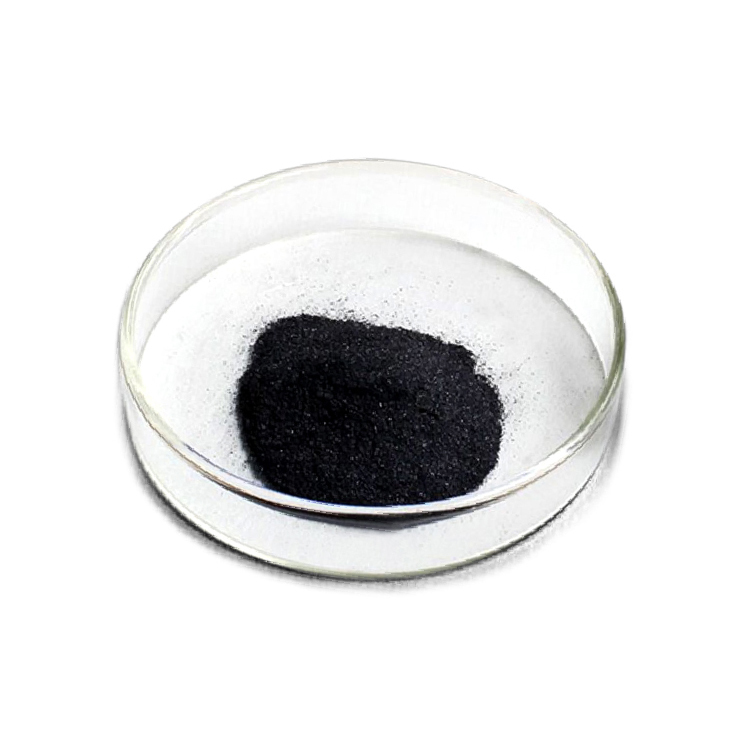
- Thermoelectric Efficiency: Exceptional thermoelectric properties for energy conversion and cooling applications.
- High Purity: ≥99.9% purity available, ensuring minimal impurities and high-quality performance.
- High Stability: Stable under both high and low temperatures, making it ideal for use in diverse temperature environments.
- Customizable Particle Size: Available in a range of particle sizes from nano to micro, suitable for various processing needs.
- Environmentally Friendly: PbTe is non-toxic and can be utilized in energy harvesting solutions, promoting sustainability.
- Versatile Application: Can be used in thermoelectric generators (TEGs) and thermoelectric coolers (TECs).
-
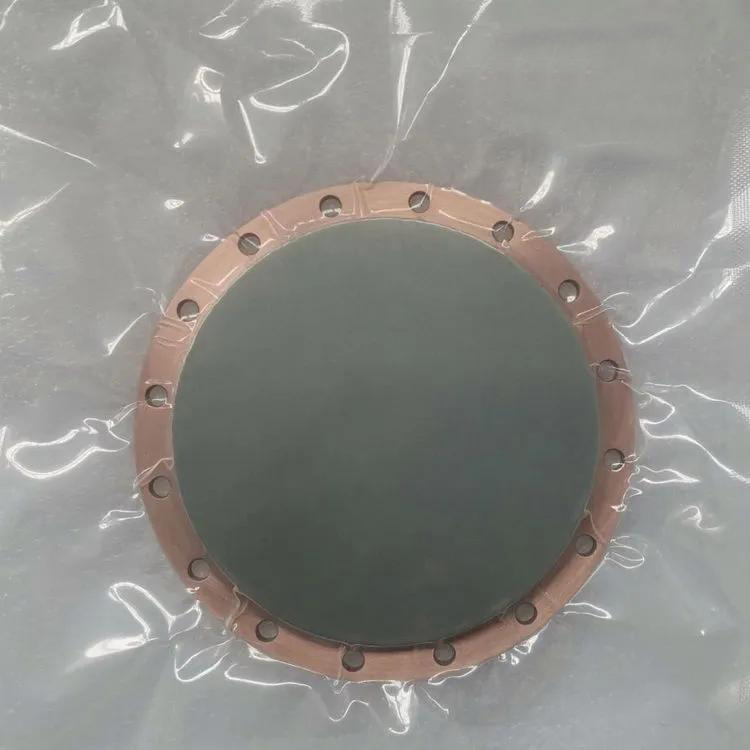
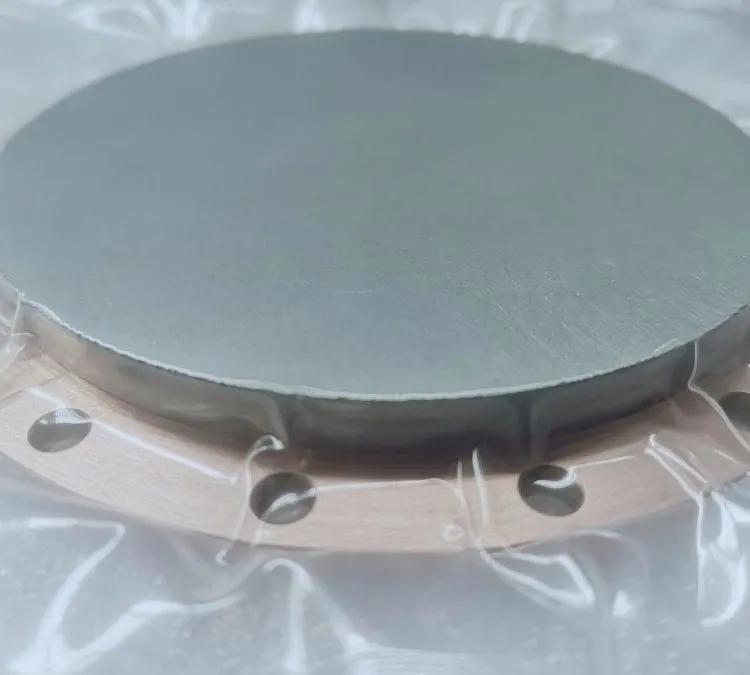
- High Purity: Up to 99.99% for superior film quality.
- Customizable Dimensions: Available in various sizes and shapes to fit specific equipment.
- Excellent Performance: Delivers consistent and uniform thin films.
- Thermoelectric and IR Applications: Suitable for deposition in advanced electronics and sensor systems.
-

- High Purity: Palladium pellets are available with purity levels of 99.95% (3N5) or higher, ensuring high-quality thin films with minimal impurities.
- Catalytic Properties: Palladium is highly valued for its catalytic activity, particularly in chemical reactions involving hydrogen.
- Corrosion Resistance: Palladium thin films offer excellent resistance to corrosion, making them suitable for applications in harsh environments.
- Electrical Conductivity: Palladium’s superior conductivity makes it ideal for use in electronic and semiconductor applications.
- Durability: Palladium coatings are long-lasting and resistant to wear, providing reliable performance in demanding applications.
-
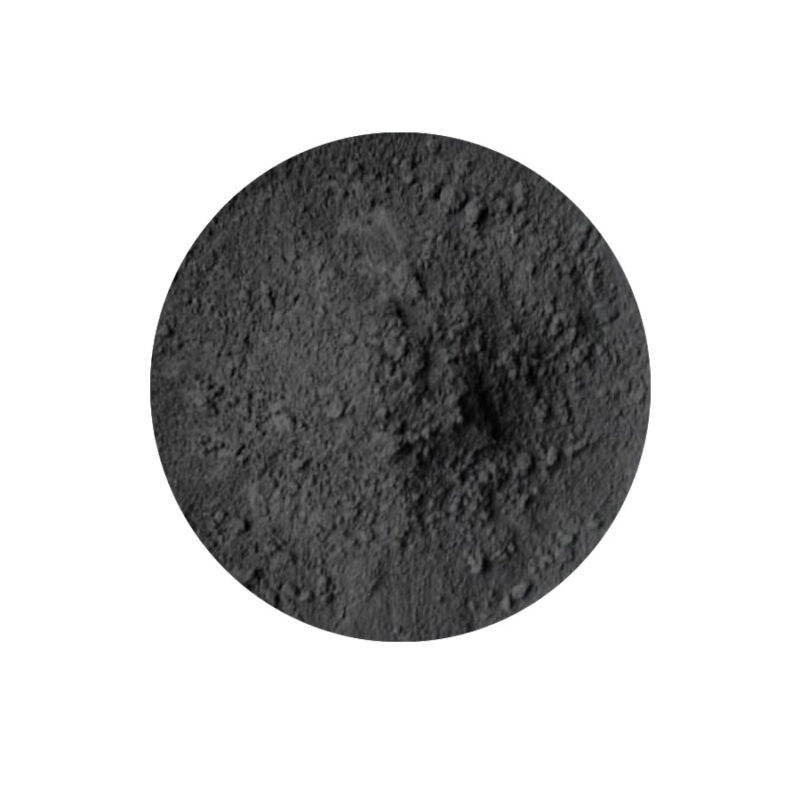
- Outstanding Catalytic Properties: Palladium is an efficient catalyst in various industrial processes, especially in automotive emissions control and chemical production.
- High Electrical Conductivity: Suitable for electronic components that require stable and reliable performance.
- Corrosion Resistance: Palladium resists oxidation and corrosion, even at high temperatures.
- Hydrogen Absorption: Unique ability to absorb hydrogen, utilized in hydrogen storage and purification systems.
-
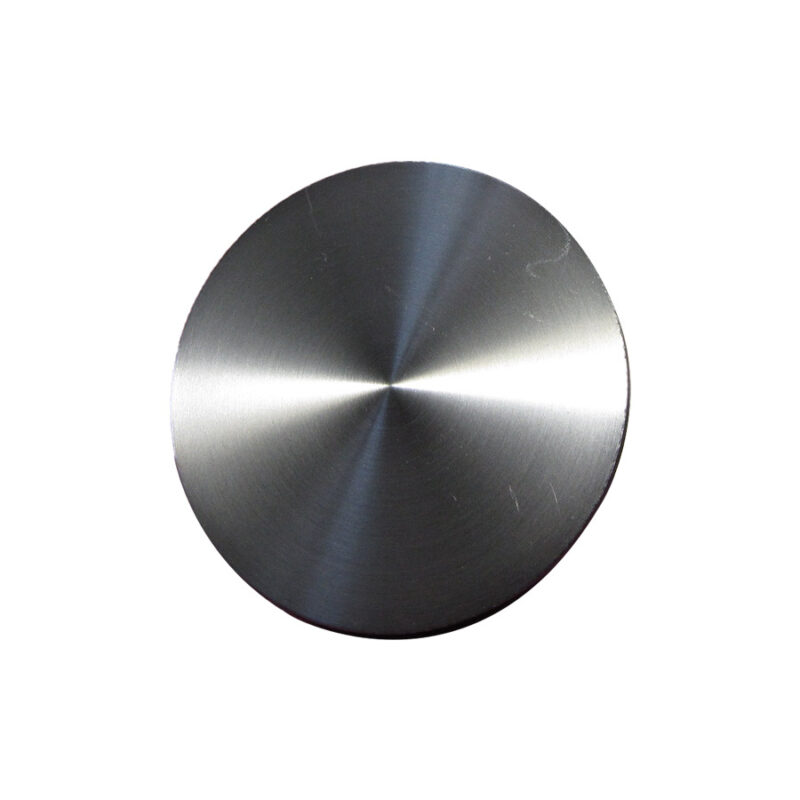
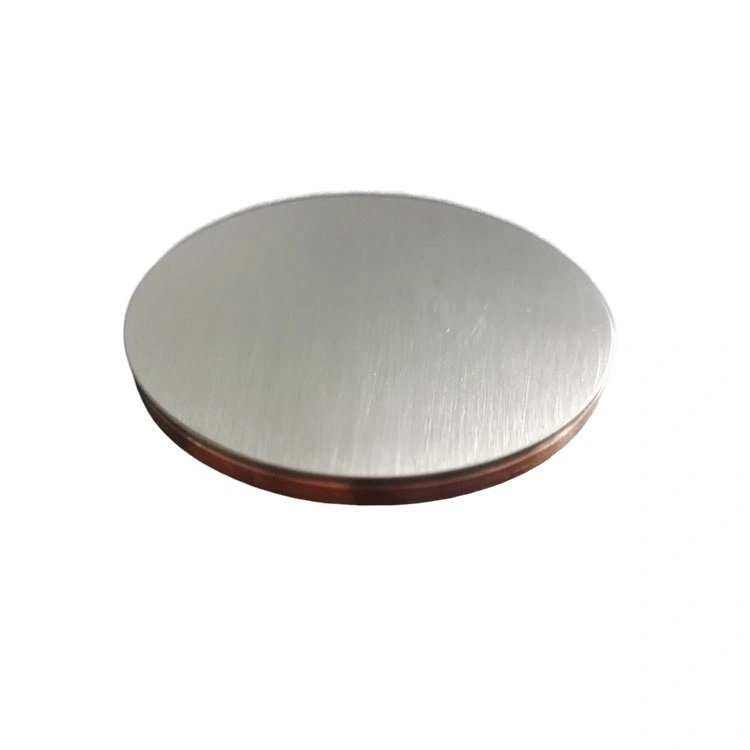
Palladium (Pd) sputtering targets are widely used in physical vapor deposition (PVD) processes to create thin films and coatings for various high-tech applications. Palladium, a precious metal in the platinum group, is known for its excellent catalytic properties, high conductivity, and strong resistance to corrosion and oxidation.
-

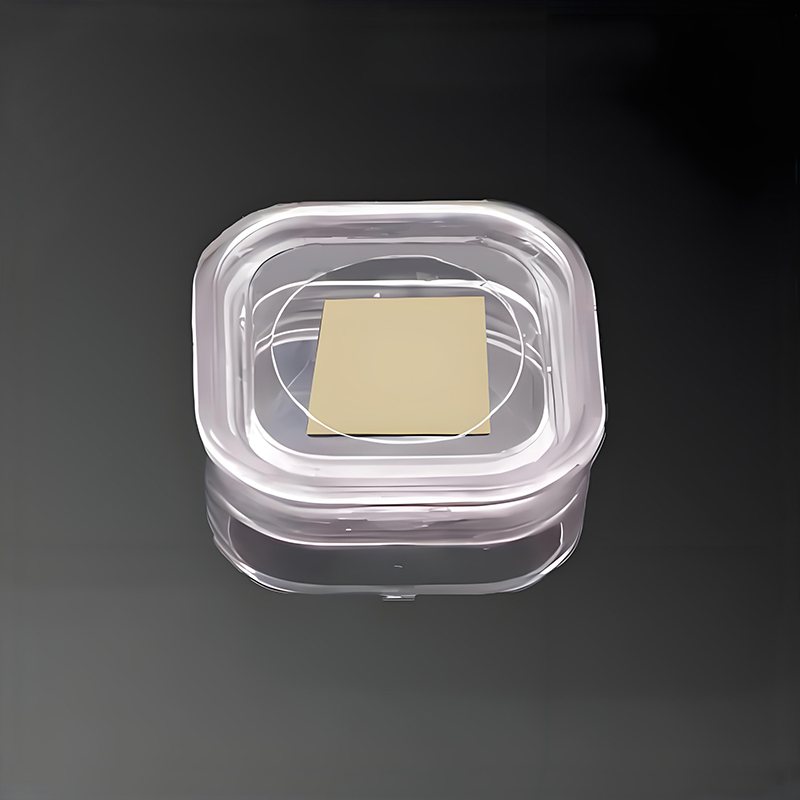
- Ultra-High Piezoelectric Coefficient (d₃₃ > 1500 pC/N): Enables extremely sensitive actuation and sensing.
- High Electromechanical Coupling Coefficient (k₃₃ > 0.9): Ensures efficient energy conversion.
- Large Strain (>0.1%): Suitable for actuators requiring high displacement.
- Low Dielectric Loss: Enhances energy efficiency and system stability.
- Superior Bandwidth and Sensitivity: Critical for medical ultrasound and SONAR transducers.
- Low Acoustic Impedance: Better matching with human tissues for biomedical applications.
- Customizable Crystal Composition (PMN-PT with various PT ratios): Tunable properties based on application requirements.
- Excellent Optical Quality (for thin PMN-PT films): Applicable in electro-optic modulators and photonic devices.
-
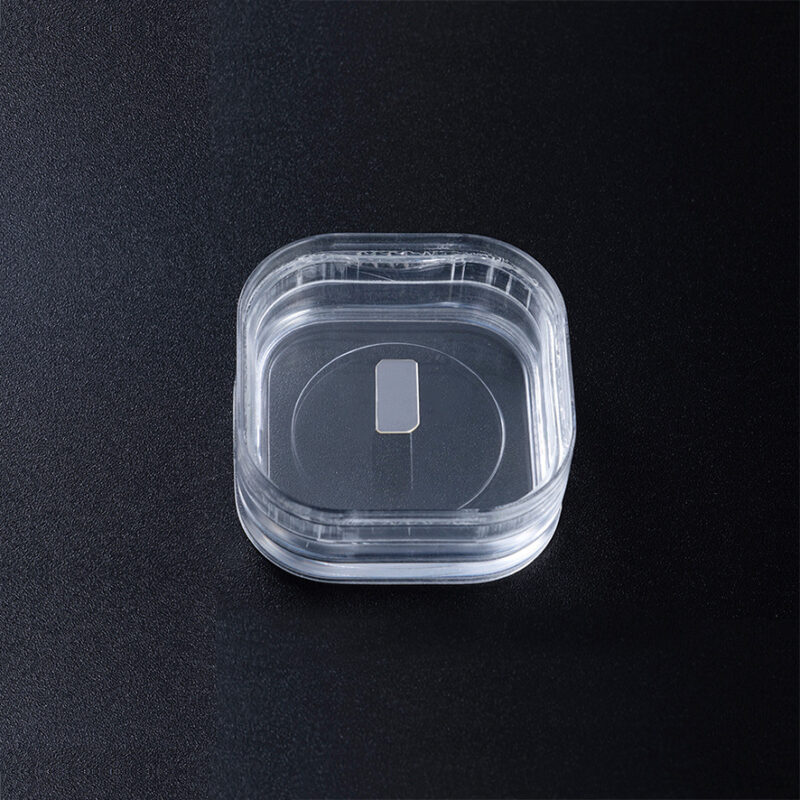
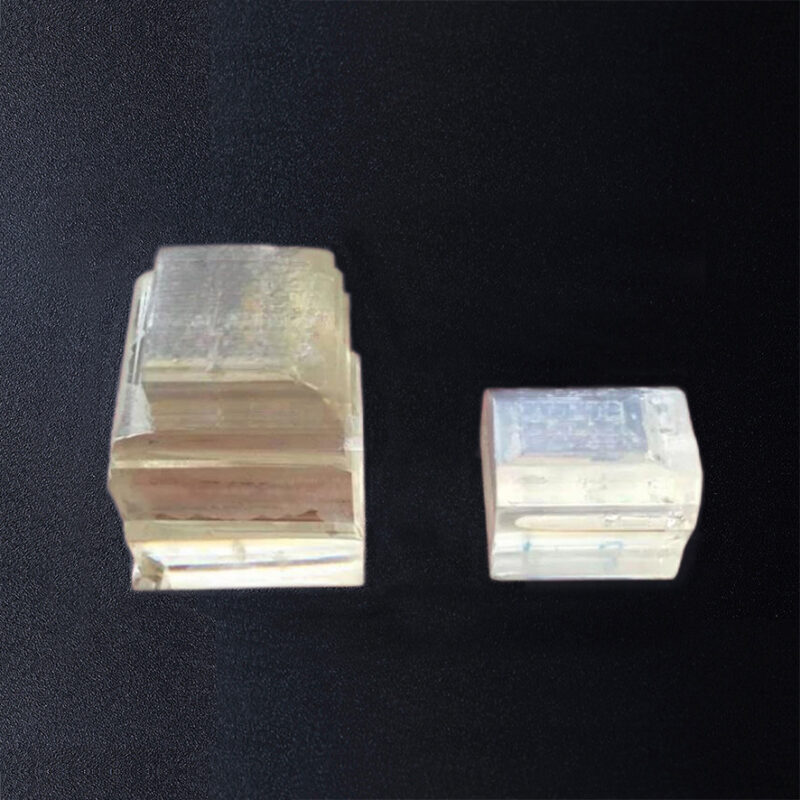
- High Structural Perfection: Ideal lattice matching for growing oxide thin films such as superconductors and ferroelectric films.
- Excellent Dielectric Properties: High dielectric constant makes it suitable for tunable capacitors and microwave applications.
- Low Optical Absorption: Transparent in the visible to near-infrared spectrum, useful for optoelectronic devices.
- High Mechanical and Chemical Stability: Ensures robustness in diverse environments.
- Ferroelectric and Quantum Paraelectric Behavior: Suitable for research in quantum phase transitions and low-temperature physics.
- Epitaxial Growth Substrate: Preferred for epitaxy of functional oxide materials such as high-temperature superconductors, ferroelectric, and multiferroic materials.
